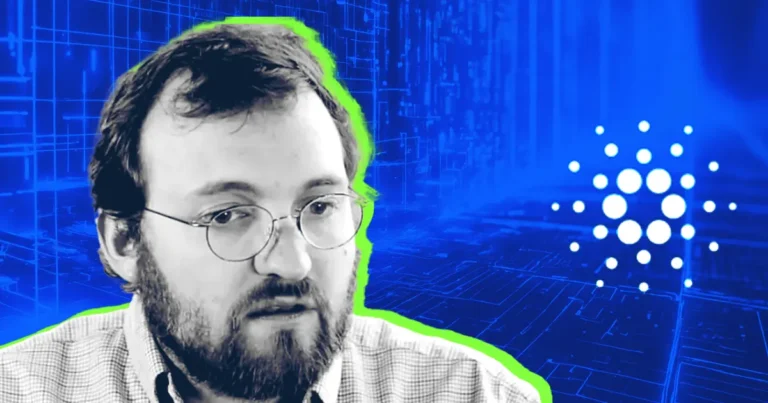10-5-2025 – Cardano’s architect Charles Hoskinson has unveiled ambitious plans to elevate the network to unprecedented performance levels through its forthcoming Ouroboros Leios upgrade.
The revolutionary protocol enhancement, representing the culmination of eight years’ research, introduces a sophisticated multi-tiered block structure. This architectural marvel encompasses input, ranking, and endorsement blocks, potentially catapulting Cardano past its rivals in the blockchain speed stakes.
Laboratory simulations paint a promising picture, suggesting the capability to process tens of thousands of transactions per second. This positions Cardano as a formidable challenger to established networks, including Solana, which currently leads the pack with theoretical peaks of 65,000 TPS, albeit whilst grappling with periodic outages and network instability.
The existing blockchain landscape presents varied performance metrics, with Ethereum processing a modest 15-30 TPS on its primary layer, whilst Avalanche claims laboratory speeds of 4,500 TPS. However, real-world applications often yield considerably lower figures.
A distinguishing feature of Leios lies in its adaptable “tick-tock” framework, allowing for conservative initial deployment with subsequent performance optimisation. This measured approach aims to circumvent the stability issues that have plagued other high-speed networks.
The upgrade forms part of a broader ecosystem enhancement, incorporating complementary technologies such as Hydra, Mithril, and the anticipated Starstream rollups. These developments collectively aim to support an expansive range of applications, from decentralised finance to artificial intelligence integration.
Implementation timelines suggest Leios could see completion by late 2025, with full deployment anticipated in 2026. The project operates under a “follow-the-sun” development model, leveraging multiple independent teams working in parallel.
Hoskinson, who heads Input Output Global (IOG), emphasises that this advancement represents more than mere speed improvements. He envisions a blockchain capable of supporting global-scale operations without compromising the foundational principles of decentralisation and security that underpin cryptocurrency networks.


